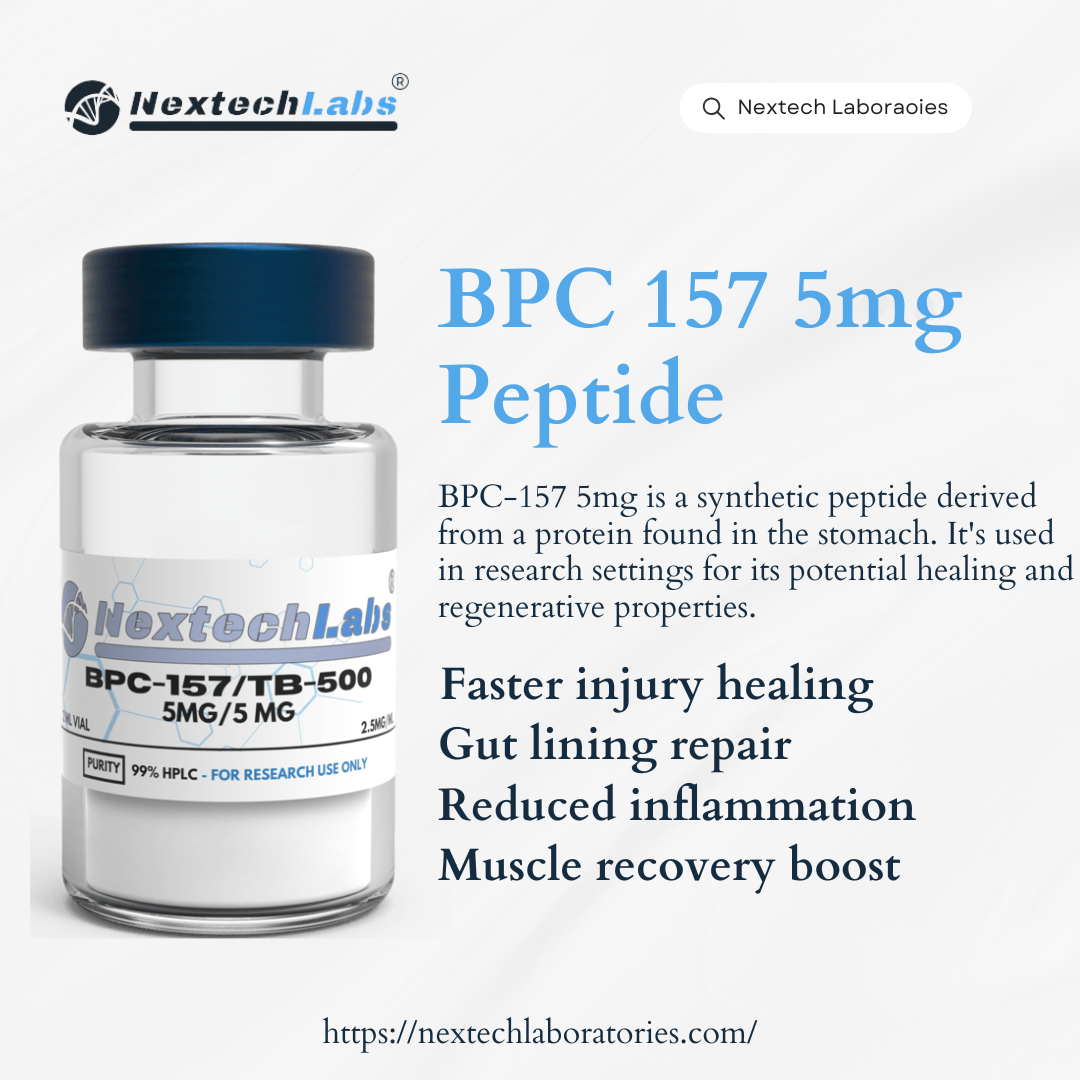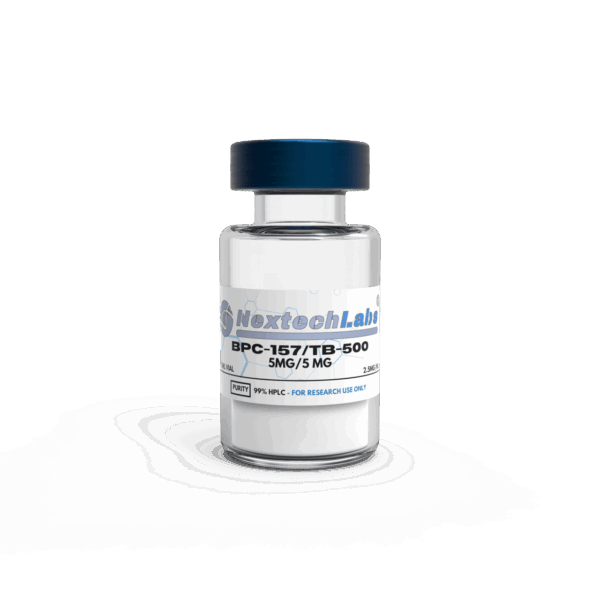
BPC-157 5 mg vs. 10 mg: Dosage, Benefits, and What Researchers Should Know
Peptides like BPC-157 are gaining major attention in the research and wellness community for their regenerative potential. But if you're new to this space, figuring out the right dose can feel overwhelming—especially when you're faced with choices like 5 mg or 10 mg vials.
In this blog, we’ll break down the key differences between BPC-157 5mg and 10mg, explain why dosage matters in research, and help you understand how to think about administration, benefits, and more.
